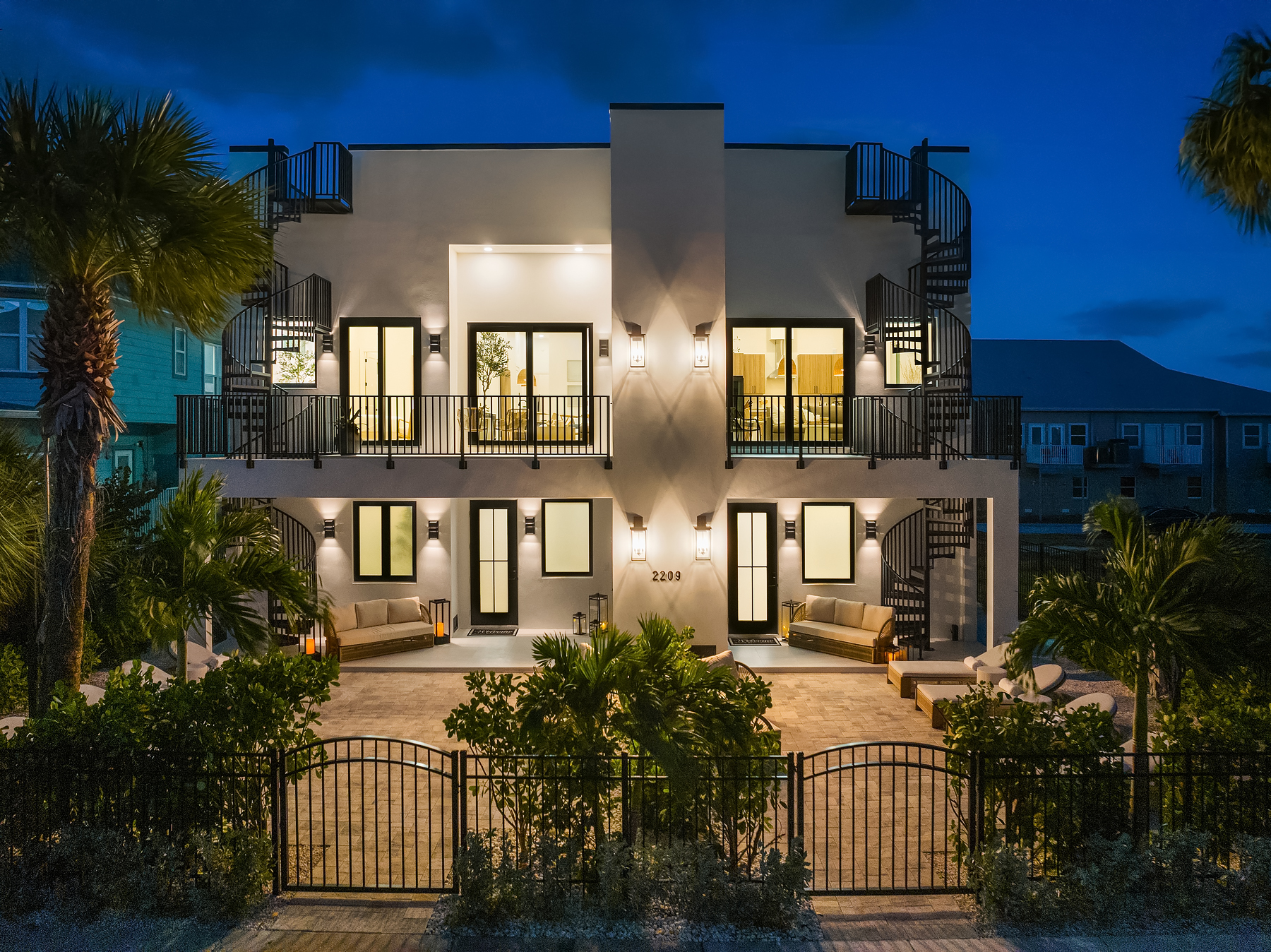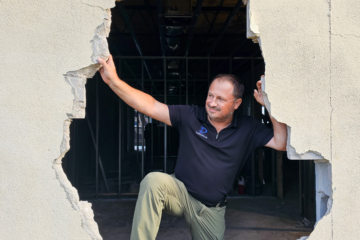
When three generations share a home—grandparents, parents, and children—the living dynamic becomes more complex than the average household. While the rewards include deepened family bonds and shared responsibilities, the challenges are real: privacy conflicts, clashing lifestyles, and space limitations can quickly surface. Creating harmony in a multi-generational home requires intention, flexibility, and some clever design choices. From customized living spaces to thoughtful communication, here’s how you can transform your home into a sanctuary that respects everyone’s needs.
Carving Out Unique Living Zones for Each Generation
No two generations live the same way, so each group in your household needs its own zone that reflects its rhythm and lifestyle. Grandparents might appreciate a quieter, cozier section of the house, perhaps near the main floor for easy access, while teenagers might benefit from tucked-away lofts or basement retreats. If the layout allows, consider turning a garage or attic into a studio suite for added privacy. Each zone should feel self-contained, giving family members the ability to recharge without always being “on” for each other.
Designing a Home That Welcomes Every Body
A multi-generational household should be accessible, not just in spirit but in physical design. For older adults, this might mean installing grab bars in bathrooms, widening doorways, or choosing furniture that’s easy to get in and out of. Young children benefit from soft corners, safe stairways, and play-friendly flooring. Motion-sensor lights help elders move around safely, and blackout curtains can give shift-working parents a better rest. When your home supports the full spectrum of ability, it becomes a more respectful and functional space for everyone under your roof.
Digitizing Documents for a Cleaner Home
Paper clutter builds up fast in a multi-generational home—medical records, school forms, financial documents, and sentimental letters can easily consume drawers and counter space. By converting physical files into digital PDFs, you instantly reduce mess while making your records more accessible and easier to share with family members when needed. Not only do PDFs retain their formatting across devices, but they’re also simple to edit; you can crop a PDF effectively using drag-and-drop tools to trim unnecessary pages, adjust margins, or resize layouts to fit your storage system. Going digital doesn’t just create space—it brings peace of mind, knowing everything important is just a few clicks away.
Smart Storage to Keep the Clutter in Check
When you triple the number of people in a home, you also triple the stuff. Shoes pile up in hallways, toys scatter across rooms, and the kitchen can look like a grocery warehouse overnight. Storage is no longer a luxury—it’s your daily peace of mind. Use vertical storage solutions like tall cabinets or over-the-door organizers, and don’t shy away from dual-purpose furniture like ottomans with hidden compartments. Assign everyone designated storage areas to reduce tension, whether it’s baskets in the mudroom or labeled bins in the pantry.
Designing Shared Spaces That Actually Work
Common areas like the kitchen, dining room, and living room are where your family will inevitably cross paths, so they need to serve multiple functions and personalities. A large farmhouse table can be the heart of shared meals, homework sessions, and late-night tea with grandparents. Consider zoning the living room with rugs or seating clusters to allow both group interactions and quiet corners. Shared spaces for family activities should never feel like someone else’s turf; they should feel like neutral ground that welcomes every generation equally.
Creating Personal Retreats for Sanity and Solitude
Even in the most loving families, time apart is essential. Everyone needs their own space to decompress, and that doesn’t have to mean a full bedroom suite. A reading nook, a soundproofed room for video games, or even a small garden shed can serve as a personal haven. Encourage each person to decorate their space in a way that reflects their taste—it can be empowering, especially for children and teenagers who are still forming their identities. When everyone has a place to retreat to, it reduces friction and fosters better interaction during shared times.
Bringing Everyone Together with Intentional Shared Rituals
While privacy is essential, so is bonding. Establishing regular family rituals creates a sense of unity and gives every generation a reason to connect. Weekly dinners inspired by treasured family recipes, game nights, or monthly outings can be designed to include everyone, regardless of age or energy level. Include rotating roles in meal prep or movie selections so each voice is heard. These rituals become the glue of the home, offering predictability, joy, and memories that only a multi-generational home can create.
Establishing Respectful Boundaries Without Cold Rules
Living together doesn’t mean living on top of each other, and good communication is what keeps the peace. Instead of relying on passive-aggressive notes or silent resentments, hold regular family check-ins to discuss what’s working and what’s not. Create simple boundaries like “quiet hours,” guest policies, or screen-time etiquette to reduce misunderstandings. It’s also helpful to respect generational habits—maybe grandparents wake early and need quiet mornings, while teens function best after dark. When you treat everyone’s schedule and space as valid, the household operates with less friction and more mutual respect.
Thinking Bigger: In-Law Suites and Guest Houses for Ultimate Flexibility
If your property and your budget allows, one of the most impactful ways to support multi-generational living is by building a separate in-law suite or guest house. These standalone or semi-attached structures provide the privacy of independent living while keeping loved ones close. Whether it’s a fully-equipped mini-home for grandparents or a detached studio for a returning adult child, this kind of addition can create breathing room for the entire household. It also offers long-term flexibility—what begins as an in-law suite today could become a future rental unit, office, or guest accommodation down the road.
Designing a secondary home on your property requires thoughtful planning, from zoning and permits to layout and utilities. That’s where partnering with experienced professionals makes all the difference. Polo Builders specializes in home additions that are both functional and beautifully integrated with your existing home. If you’re ready to explore the potential of adding a separate living space, their team can guide you through every step—from concept to construction—so your multi-generational home works for everyone, now and in the future.
Living with three generations under one roof is both a logistical puzzle and a heartfelt opportunity. It demands creative planning, ongoing dialogue, and a willingness to adapt—sometimes daily. But when you approach it with thoughtful design and clear emotional boundaries, the result is a household that doesn’t just survive together, but actually thrives. With a balance of private space and shared experience, accessibility and independence, your multi-generational home can become more than just a shelter—it can become a truly integrated family ecosystem.
Discover how Polo Builders, Inc can transform your vision into reality with cutting-edge technology and trusted expertise!


